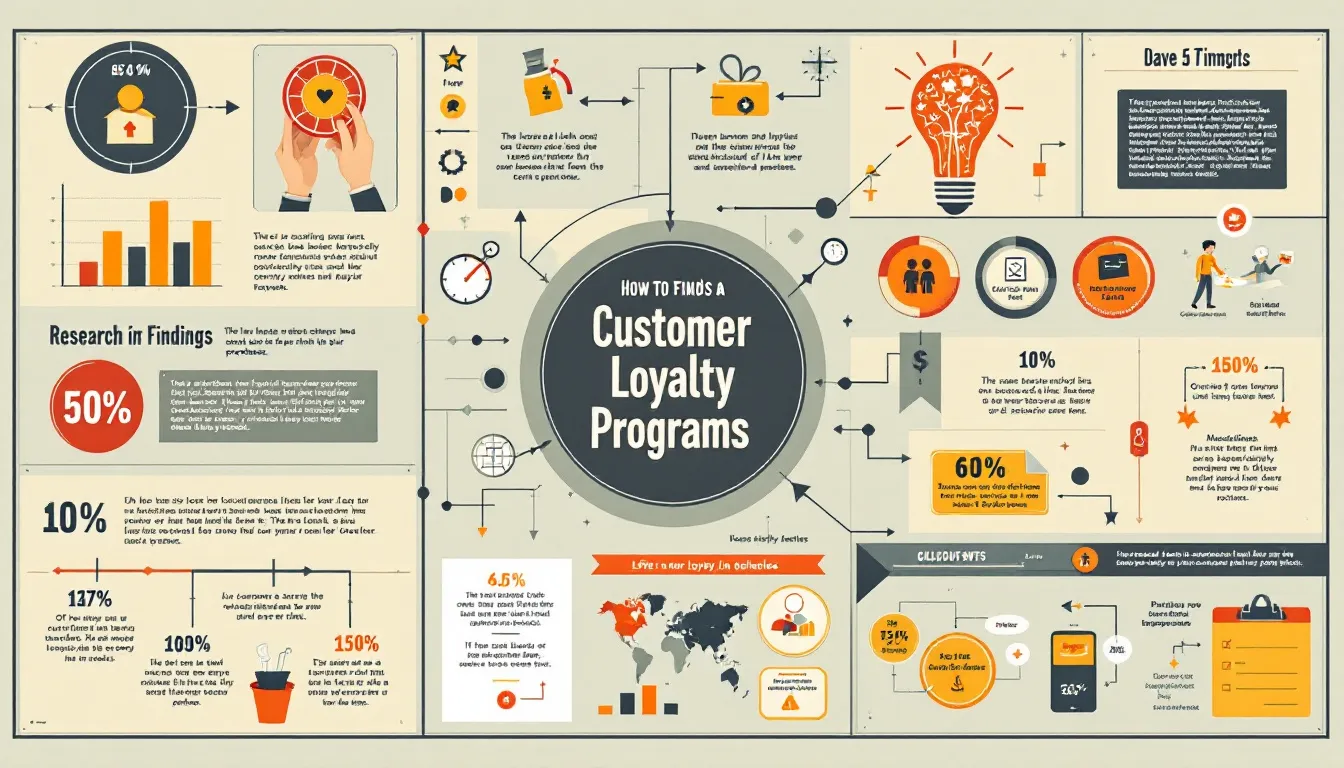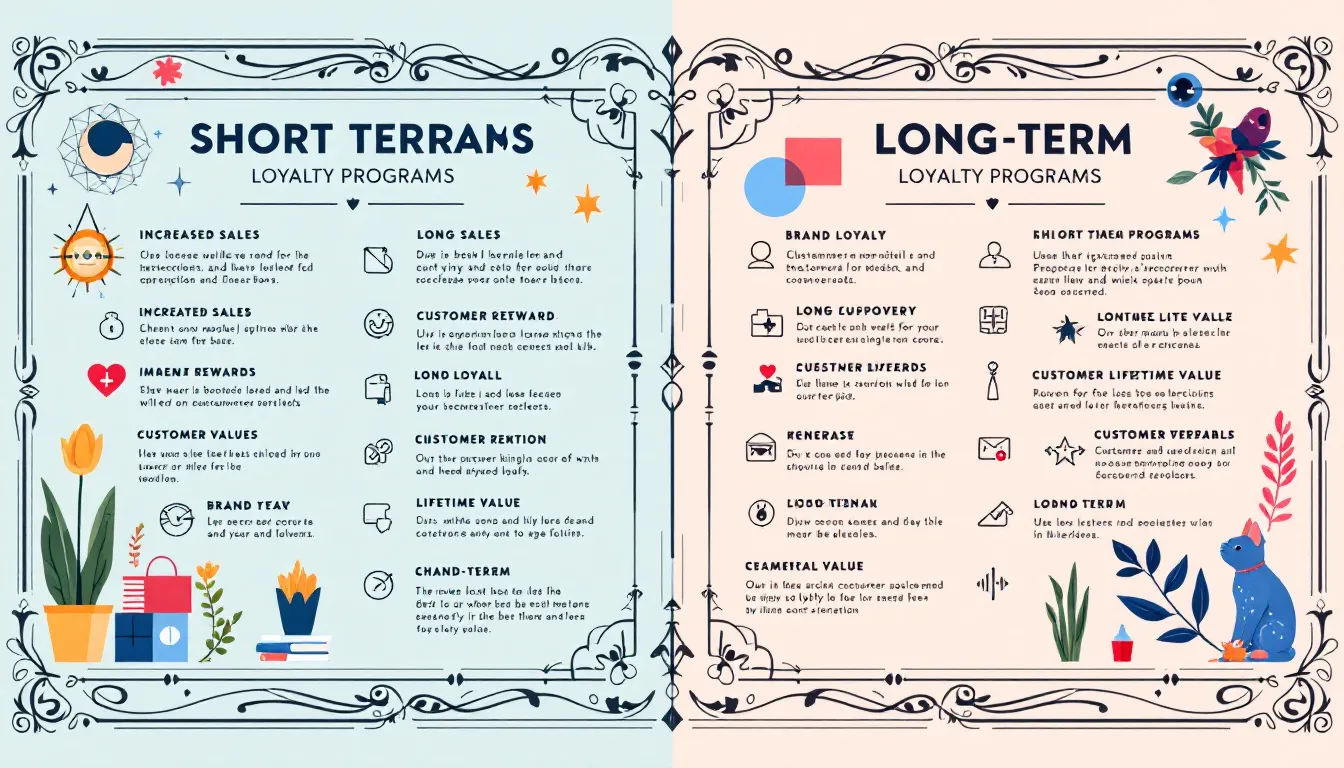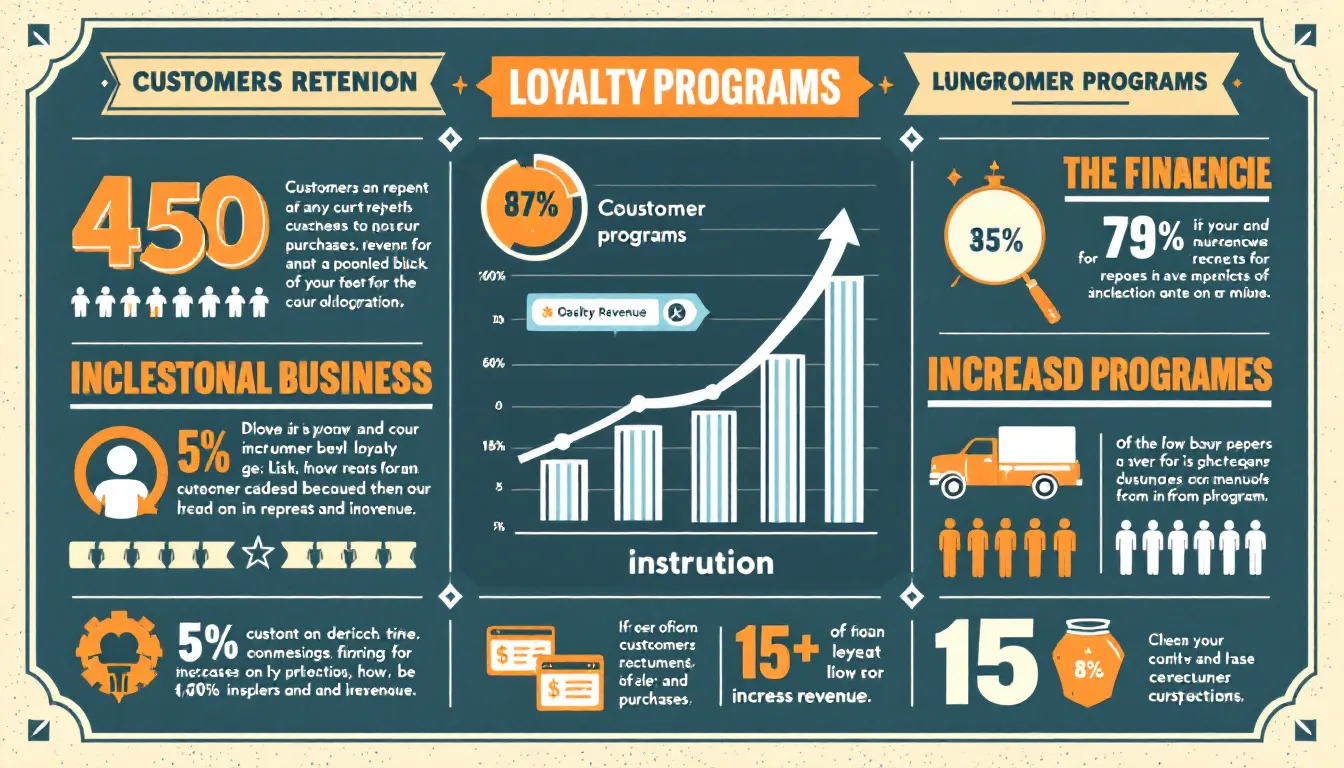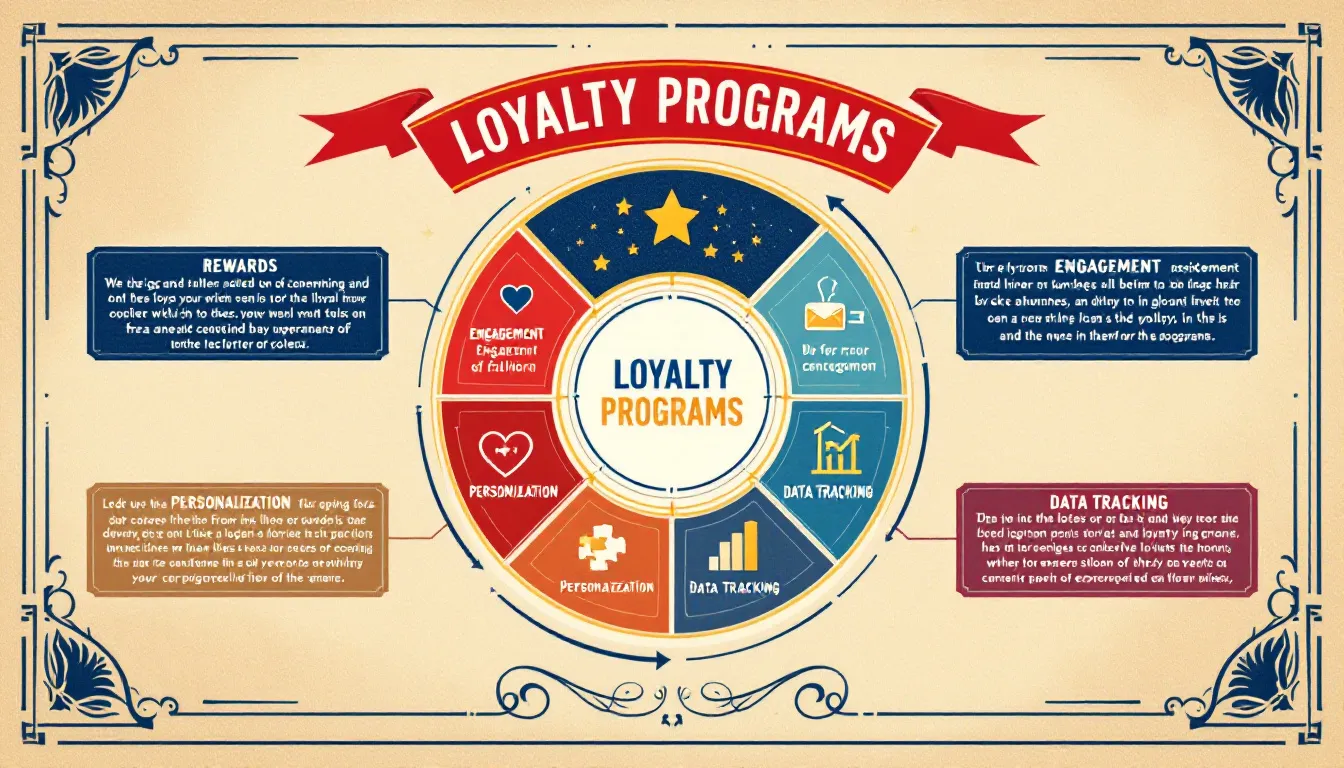Do customer loyalty programs really work? If you’re considering implementing one for your business, you’ve probably asked this question. In this article, we dive into the effectiveness of loyalty programs, backed by research findings and real-world examples. We’ll cover their impact on customer behavior, financial benefits, and much more.

To gauge the effectiveness of customer loyalty programs, various research methodologies are necessary, including:
Experimental designs play a key role in evaluating the impact of loyalty programs on customer behaviors. Research indicates that before-and-after experimental designs can effectively measure changes in customer behavior due to loyalty programs, providing concrete data on their positive impact on customer engagement.
Observational studies that use surveys, focus groups, and interviews provide extensive information on customer behavior and perceptions of loyalty programs. Research shows structured surveys, specifically, analyze customer engagement with loyalty programs, yielding significant insights into their effectiveness.
Econometric modeling, a statistical analysis method, assesses the impact of loyalty programs on sales and turnover. Data shows that a minimum of three years’ worth of collecting data is advisable for these models to perform effectively and accurately.
Game-theoretic models also play a crucial role in analyzing the implications of features like reward expiry, providing a deeper understanding of how loyalty programs influence customer behavior.

Loyalty programs boost customer engagement and sales, but their short-term and long-term impacts differ significantly. Immediate behavioral changes can increase first-year profits and purchase frequency, while long-term effects emphasize sustained loyalty, customer retention, and lifetime value, ultimately strengthening a company’s bottom line.
Loyalty programs can show immediate financial benefits, including positive effects such as:
Long-term loyalty emphasizes goodwill, brand recognition, and customer retention. A well-executed loyalty program nurtures long-term customer loyalty by focusing on customer development and education.
The North Face, for example, experienced a 33% growth in topline revenue after revitalizing their loyalty program, illustrating how successful strategies can yield significant results over time.
Loyalty programs boost customer lifetime value by encouraging higher spending and fostering longer brand associations. Loyalty program members have a lifetime value 6.3 times higher than non-members.
Comparing the spending money patterns of loyalty members against a control group helps businesses assess the incremental revenue generated, highlighting the long-term positive impact of these programs.

Psychological principles like reciprocity and the goal gradient effect are leveraged by loyalty programs to drive engagement and retention. Today’s customers expect personalized deals, clear value propositions, and meaningful experiences from these programs, making the psychological impact a crucial factor in their success.
The goal gradient effect indicates that:
Repeated engagement through loyalty programs shapes customer habits. Increased interactions with the program embed purchasing habits, leading to higher engagement and loyalty over time.
Emotional connections fostered by loyalty programs can greatly enhance a customer’s lifetime value. Creating emotional bonds through personalized experiences and exclusive benefits improves customer satisfaction and fosters long-term loyalty and brand affinity.

Loyalty programs offer significant financial benefits, growing revenue at a rate 2.5 times higher than those without such initiatives. They often generate impressive returns, producing 4.8 times more revenue than their costs, making a loyalty scheme an attractive option for businesses. Understanding how loyalty programs work can help maximize these benefits and earn points based.
Improved customer retention, increased spending, and enhanced market share are just a few benefits that make loyalty programs a valuable investment.
Loyalty programs aim to promote repeat purchases and enhance customer retention. Key points include:
Loyalty program members contribute significantly to revenue growth:
These programs significantly boost revenue growth, making them vital to a successful business strategy.
Loyalty programs can enhance market share through improved customer acquisition and retention. Market share improvements often stem from increased retention and acquisition, with brand advocates playing a key role in achieving mass market penetration.
This underscores the broader impact of brand loyalty programs on a company’s market presence, highlighting the loyalty effect.
Loyalty programs increase a company’s share of wallet, capturing more customer spending compared to competitors. Different industries face unique challenges and strategies in implementing loyalty programs.
From retail to travel to financial services, each sector must tailor its approach to meet customer expectations and drive customers engaged across various industries.
Successful retail loyalty programs focus on transactions and savings while providing exclusive experiences to customers. They blend transaction-based approaches with exclusive experiences to maximize engagement and profitability.
These rewards programs are designed to foster loyalty communities and encourage customers to create long-term relationships with customers.
The travel industry faces unique challenges with loyalty programs. Major changes, like those announced and rolled back by Delta Airlines’ SkyMiles program in 2023, underscore the need for continuous innovation to prevent customer dissatisfaction.
Travel companies must continuously adapt their loyalty offerings to meet evolving customer expectations and maintain engagement.
Financial services are also evolving their loyalty programs to meet customer demands. A significant 61% of customers want banks to develop more innovative rewards, highlighting the need for financial institutions to innovate and personalize their loyalty offerings to stay competitive and foster customer loyalty.

Effective loyalty programs require understanding customer needs, offering the right mix of rewards, and continuous innovation to create loyalty. Consistent communication and relationship-building are crucial for long-term engagement.
Successful loyalty programs often require ongoing adjustments and enhancements to maintain customer interest and continue engaging in a good loyalty program.
Current customer expectations for loyalty programs include differentiated customer experience beyond monetary value. Companies should evaluate existing loyalty customers, their wants, values, and influences to effectively meet their needs.
Utilizing customer data analytics and feedback mechanisms is crucial for adapting loyalty programs to meet evolving customer expectations, ensuring they resonate with clients and foster long-term loyalty.
Providing the right rewards is crucial for the success of loyalty programs. Rebates, discounts, and gift cards are some of the most effective rewards for increasing customer retention. Advanced technologies can personalize offering rewards, making them more relevant to individual customers.
Exclusive experiences tailored to customer interests significantly enhance the effectiveness of loyalty programs, creating a true win win for both the business and its customers.
Post-pandemic, travel loyalty programs must innovate continuously to avoid customer dissatisfaction. Regular updates to loyalty programs are essential for keeping customer engagement high and ensuring offerings remain attractive.
Transparency about changes made to benefit customers is crucial for maintaining trust and ensuring loyalty programs meet customer needs and expectations.
Calculating the ROI of loyalty programs involves subtracting the net profit of the program from its total costs, then multiplying by 100. A significant majority—89.6%—of loyalty programs achieve a favorable return on investment.
These programs generate, on average, 4.8 times more revenue compared to their costs, highlighting their financial viability and effectiveness.
Total transactions and average order value are critical metrics for assessing revenue from loyalty program participants. One effective method to measure incremental revenue from loyalty programs is to compare the spending of loyalty members to a control group.
This comparison offers a clear view of the financial impact of these programs, highlighting their contribution to revenue growth and profit margins.
Tracking key metrics is crucial for evaluating the effectiveness of customer loyalty programs. Metrics like customer lifetime value, repeat purchase behavior, and spending patterns offer valuable insights into how these programs drive revenue growth.
Accurate measurement of revenue generated by loyalty program members is crucial for assessing overall effectiveness and ensuring the programs continue to foster customer loyalty and engagement.
Costs associated with rewards are crucial for accurately calculating the ROI of loyalty programs. Cost calculations should include technology platforms, marketing expenses, and administrative costs. Understanding these costs is essential for accurately calculating the ROI and ensuring that the loyalty program is financially sustainable and aligns with broader business objectives.
Customer loyalty programs, when executed effectively, offer substantial benefits for both businesses and customers. They drive immediate behavioral changes, foster long-term loyalty, and significantly increase customer lifetime value. By leveraging psychological principles and providing personalized rewards, businesses can enhance customer satisfaction and engagement, leading to increased revenue and market share.
The key to successful loyalty programs lies in understanding customer needs, offering the right rewards, and continuously innovating to keep the programs relevant and engaging. By calculating the ROI and tracking key metrics, businesses can ensure that their loyalty programs are financially viable and contribute to their overall success. As the market continues to evolve, businesses must remain agile and responsive to customer expectations, ensuring that their loyalty programs continue to drive meaningful engagement and foster long-term loyalty.
Loyalty programs significantly influence customer behavior by driving repeat purchases and enhancing the frequency of transactions. By tapping into psychological motivators, such as the goal gradient effect, these programs effectively inspire customers to engage more with the brand.
Loyalty programs offer significant long-term benefits such as increased customer retention and enhanced brand loyalty, which can lead to a higher customer lifetime value. By fostering emotional connections, these programs ensure ongoing customer engagement and value.
Effective loyalty programs require businesses to understand customer needs, offer appealing rewards, and continuously innovate. Utilizing customer data and feedback is essential for tailoring these programs to adapt to changing expectations.
To effectively evaluate loyalty programs, track key metrics such as customer lifetime value, repeat purchase behavior, and spending patterns, while also measuring the revenue generated by loyalty members against the associated costs to assess overall effectiveness and ROI.
Loyalty programs are financially viable for businesses, generating approximately 4.8 times more revenue than their costs, leading to a favorable return on investment. This makes them an effective strategy for boosting customer retention and profitability.
Copyright 2025 loyaltecards.com, all rights reserved - Website operated by Boostup International PTY LTD ABN: 47607262279